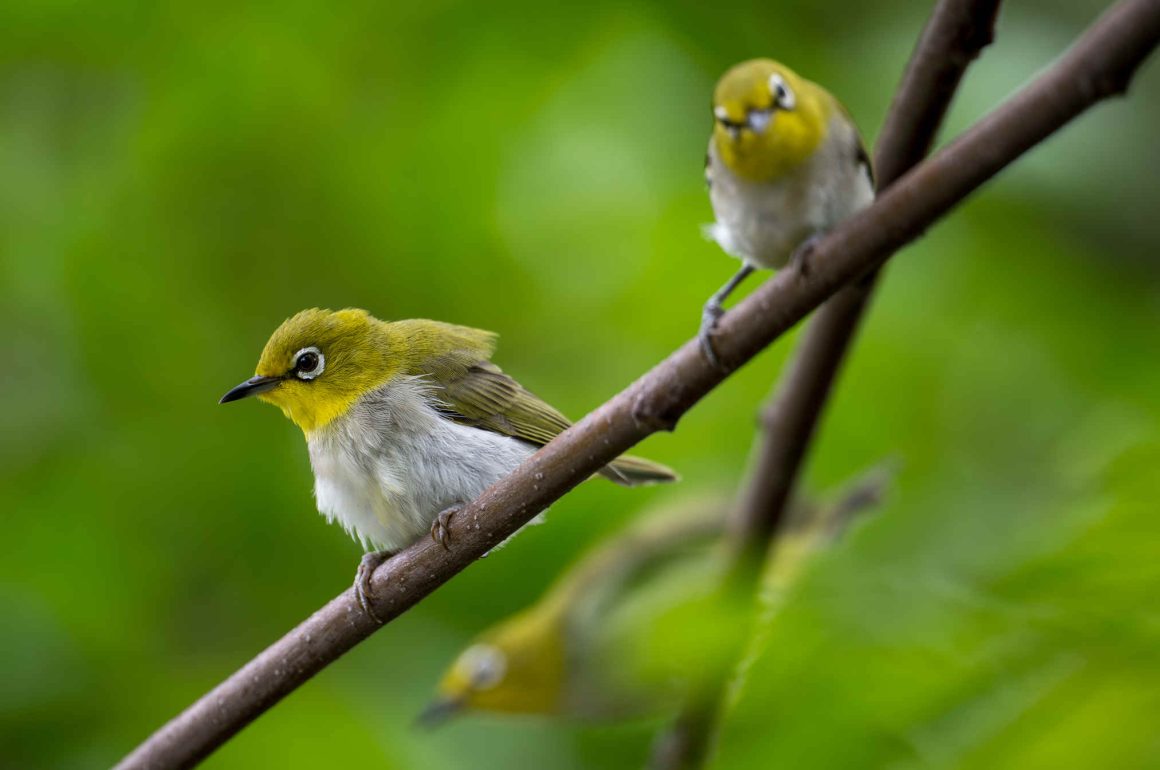
June is not a great month for birding in Shanghai, though better than July. My highlight was a rather friendly Fairy Pitta early in the month – but that deserves a separate post. Another late migrant was a late female Black Paradise Flycatcher. Maybe once arrived at its breeding location in Taiwan, Japan, or Korea, it might find (and complain) that all the good males are already taken.
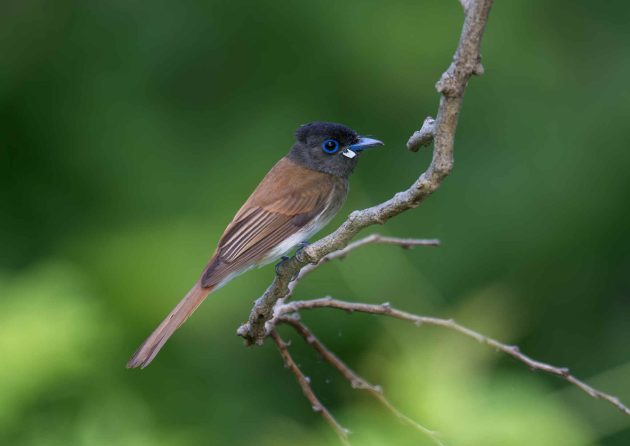
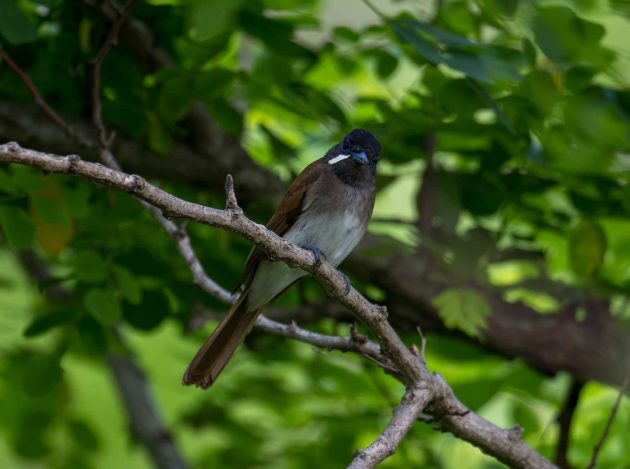
Seeing an Oriental Dollarbird in a Shanghai park in mid-June may indicate that the bird is breeding here. Subsequently searching for interesting information online and finding a relevant post only to discover that it was written by me in 2023 may indicate that my long-term memory is not great (or worse).
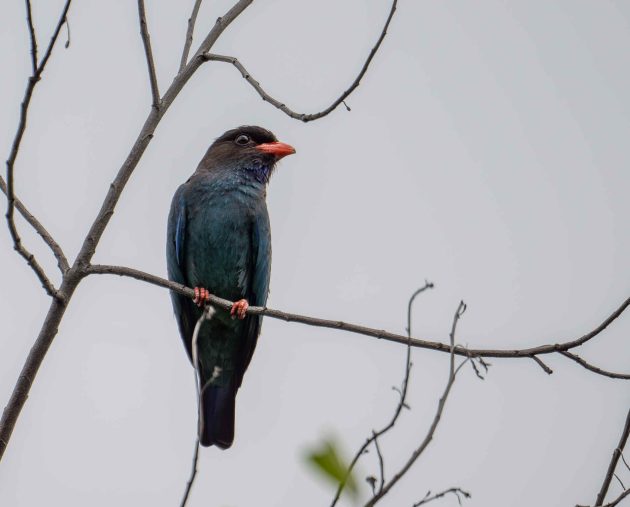
On the plus side, I do not remember writing that post at all and thus could read it as if it had been written by a completely different author. This reminded me of something written by Kurt Tucholsky (which I had read maybe 30 or more years ago, rather than written 2 years ago, but which I did remember): “Der Rest der Bibliothek bestand aus feinerer Literatur; ich schreibe mir meinen kleinen Bedarf lieber selber. ” (“The remainder of the library was finer literature; I prefer to write my small requirements myself”).
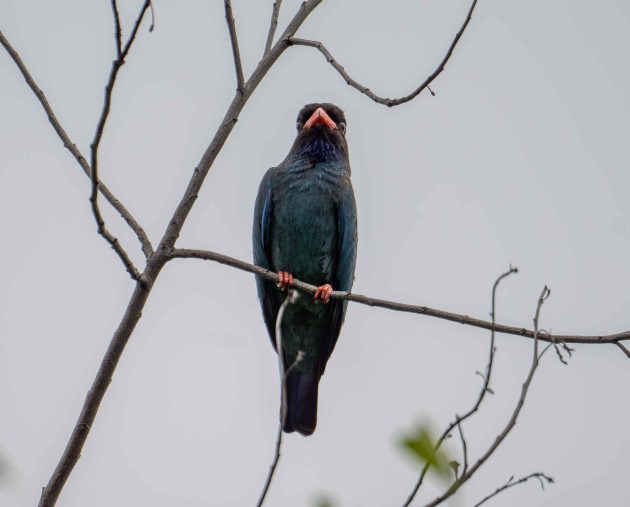
Close to the dollarbird, in the same urban park, a pair of Swinhoe’s Minivets is probably breeding.
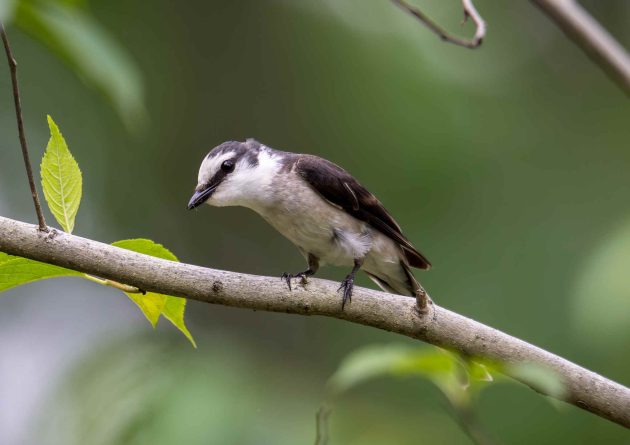
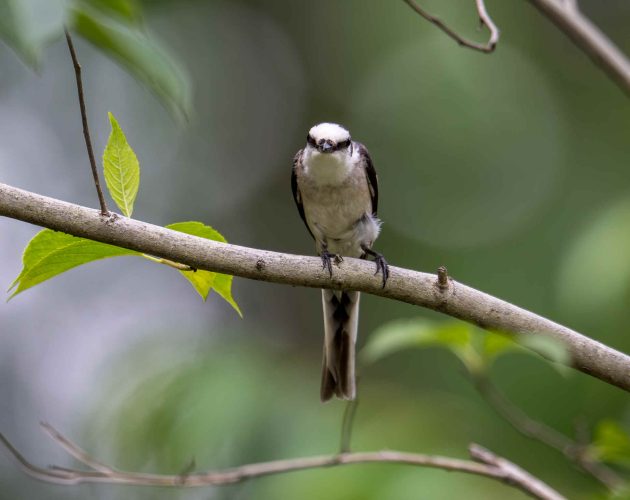
It seems almost as if every time a Black-crowned Night Heron shows up in the USA, somebody writes a paper about it. Witness the following paper titles:
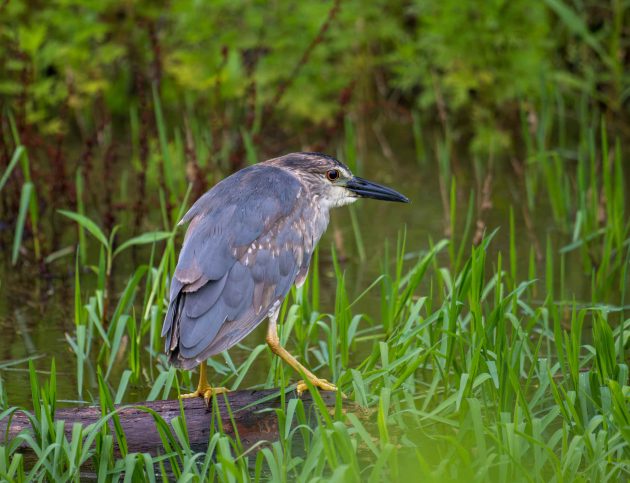
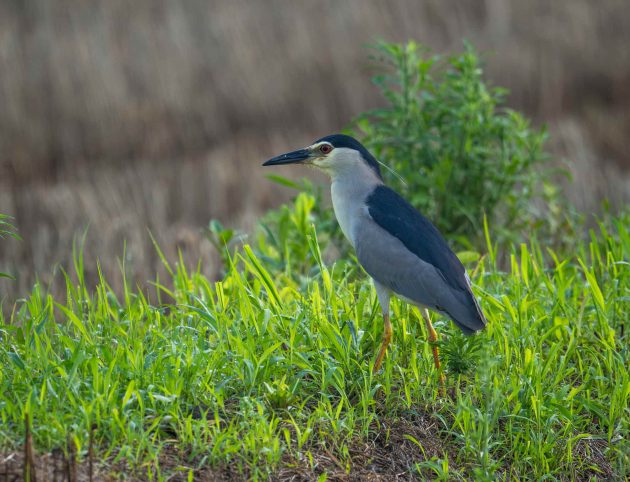
- Mid-winter Occurrences of Black–crowned Night Heron near Gridley, California
- Notes on the Black–crowned Night Heron near Denver
- Black–crowned Night Herons in Winter on Nantucket
- Black–crowned Night–herons on Mill Creek
- Black–crowned Night–herons at Merwin Street
- Block-crowned Night Heron Nesting in San Bernardino Mountains
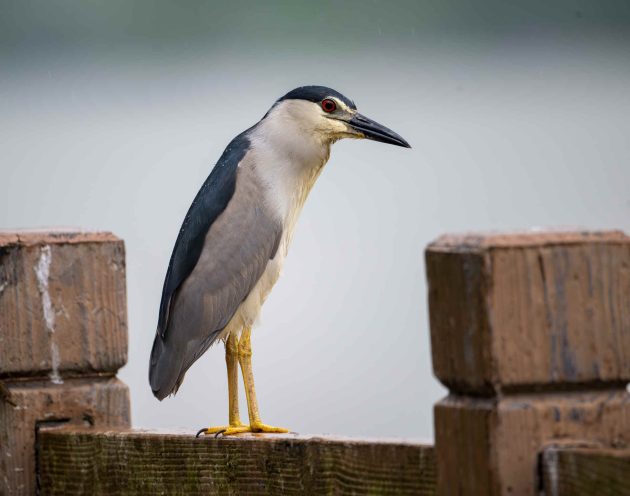
The last one gets some bonus points for the spelling mistake (Block-crowned). Naturally, I asked ChatGPT for an illustration of this bird – here it is (not particularly creative, I think):
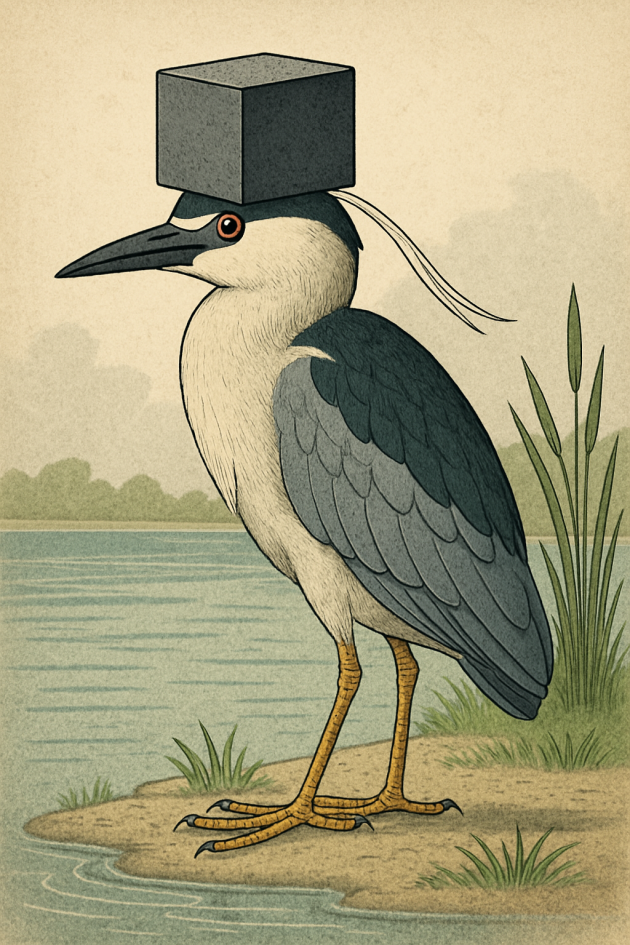
Here is some great advice for Common Terns that want to avoid nest predation by Black-crowned Night Herons at night: leave the light on. In a recent experiment, night herons were detected six times less frequently in an artificially lit area than in the control area, and fewer tern chicks and eggs were predated in the experimental area (source).
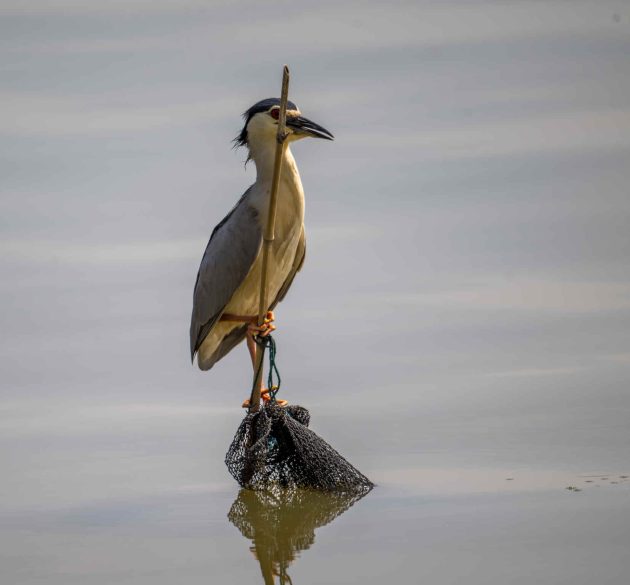
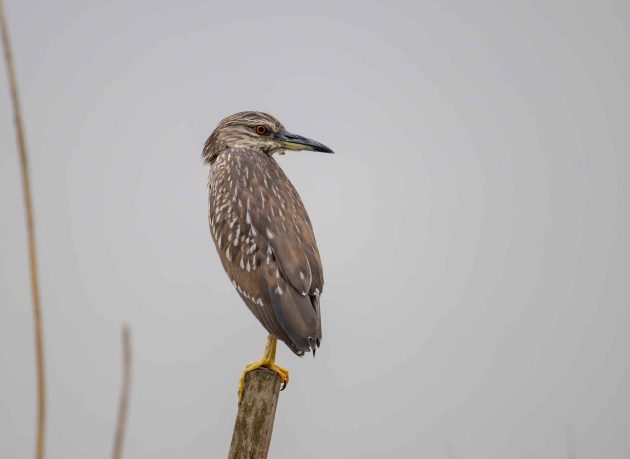
The Eurasian Hoopoe gets even the usually rather dry authors of the HBW into a poetic mood: “The Eurasian/African Hoopoe has a rather improbable appearance—an orange bird draped in a black-and-white cape, bearing a sun-evoking headdress and a scythe-like bill. Yet, upon taking flight, it transforms into a giant butterfly born aloft upon broad black-and-white banded wings.”
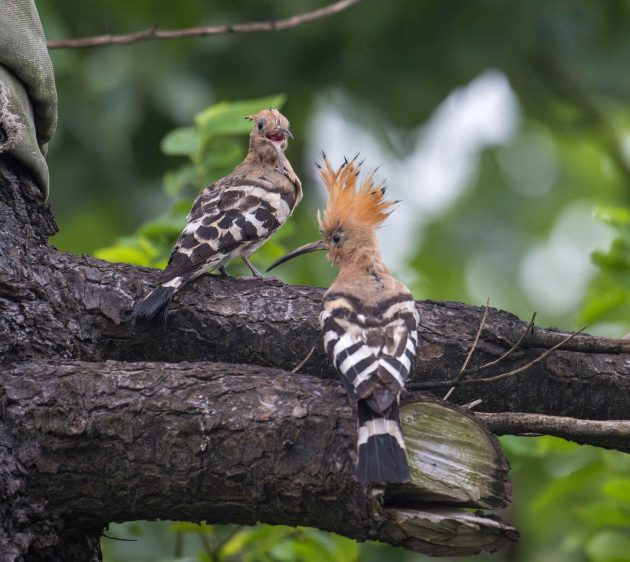
The species also seems to produce its own antibiotics (source). Specifically, they cultivate antimicrobial bacteria in their uropygial gland that protect them against infections. Unfortunately, the authors of the paper state this “conforms a paradigmatic example” – it could have helped to turn off ChatGPT for a moment.

Cattle Egrets frequently forage close to cattle (yes, I know, the name hints at that). These days, they also often forage next to tractors (video), though this is not reflected in their name.
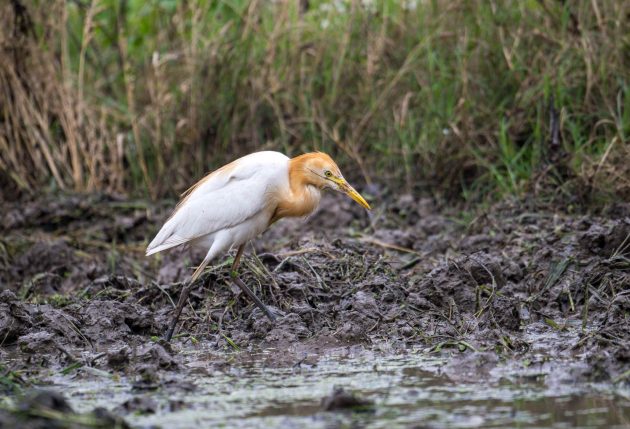
Interestingly, Cattle Egrets foraging with cattle also let potential predators get closer (“exhibit lower flight initiation distance”, as the source calls it). But why? Is it because the egrets rely on the cattle to also be vigilant?
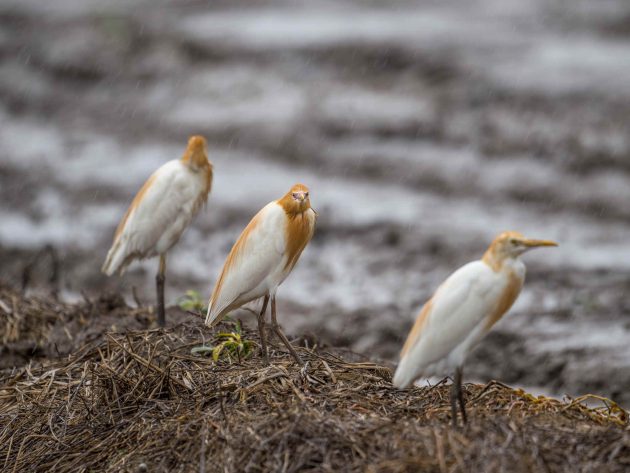
Apparently not. Most likely, the acceptance of a higher risk (by letting danger get closer) is the result of better foraging success near cattle. If you are near a good food source, you might tolerate a bit more danger (Birding parallel: accepting a ride on the back seat of a motorcycle to see a good bird).
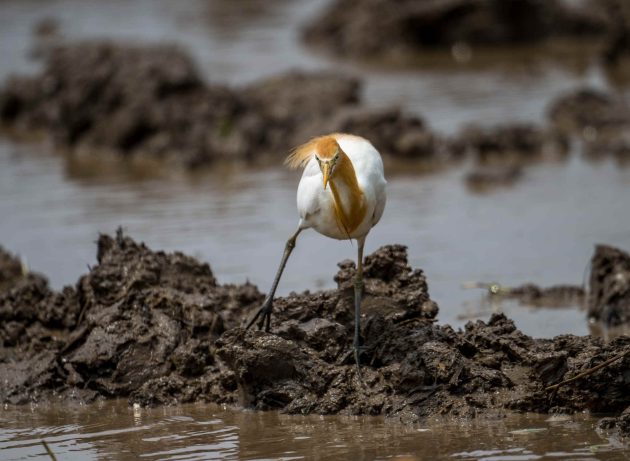
Other environments increase the flight initiation distance. Chinese Pond Herons were found to be more wary of humans in aquafarms than outside of them, presumably as the farmers actively deter the herons from stealing their fish.
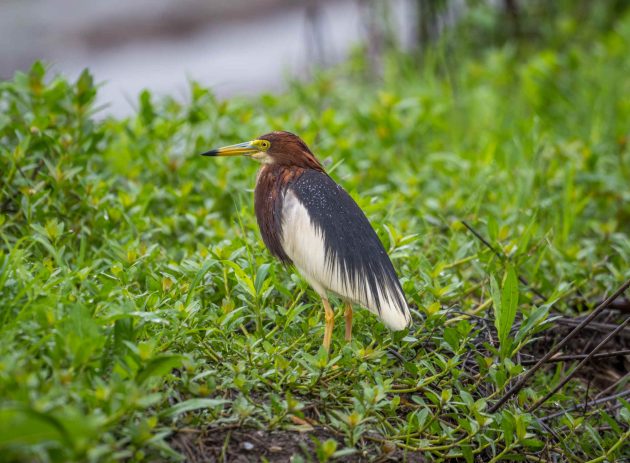
An alternative to aquafarms, usually with less hostile humans, is sewage treatment plants. A Grey-headed Lapwing was found to winter in such a plant in the improbably named Indian city of Mannampandal (source).

The video (taken on Chongming Island) also has some typical vocalizations of the species.
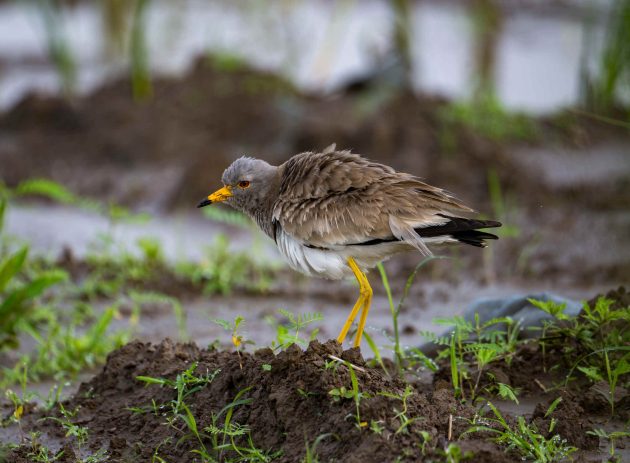
A few more photos of species I have nothing to say about in this post: Tiger Shrike …
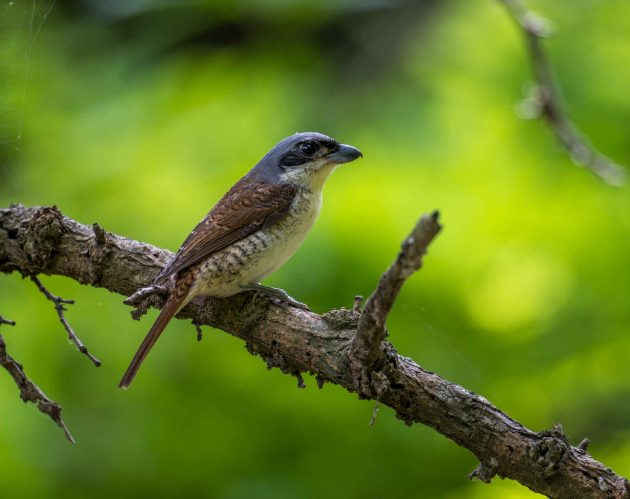
… Lesser Coucal …
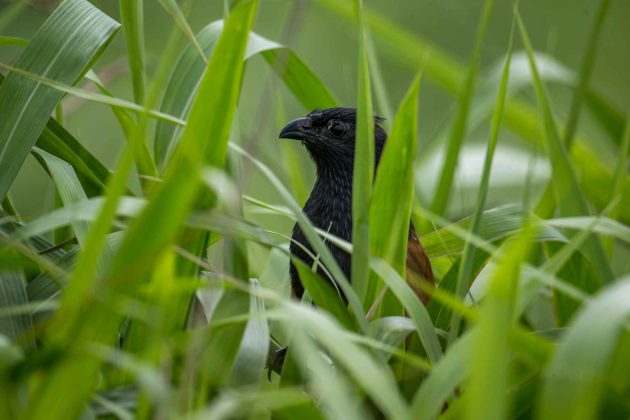
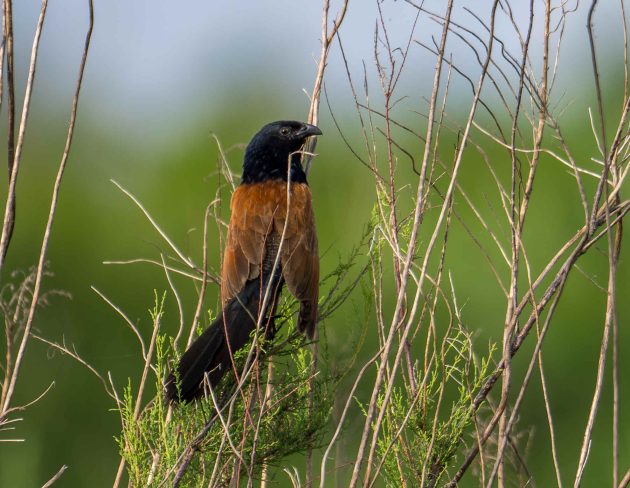
… and Swinhoe’s White-eye.
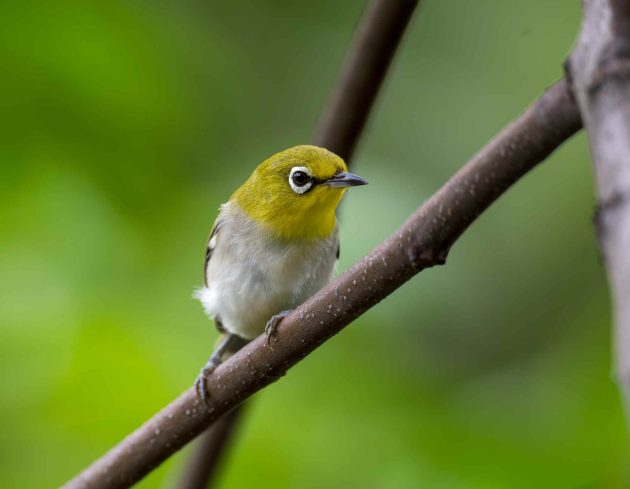
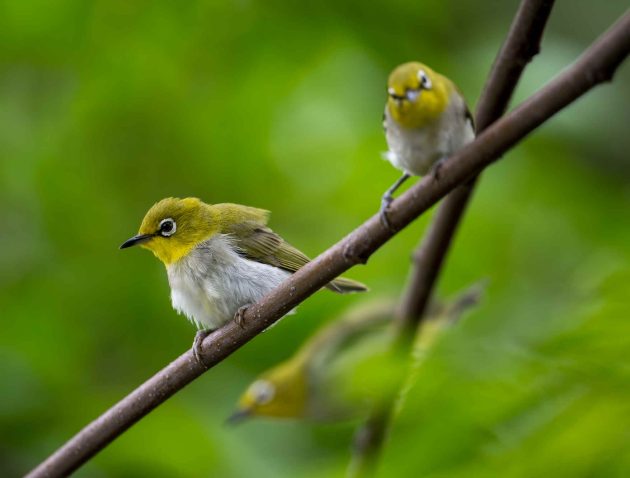
Given the environmental situation in China, it is not surprising that Black-winged Stilts suffer from heavy exposure to pollutants. In particular, Cr, Cd, Pb, and Zn concentrations in soil and water exceeded the safe limits in one study.
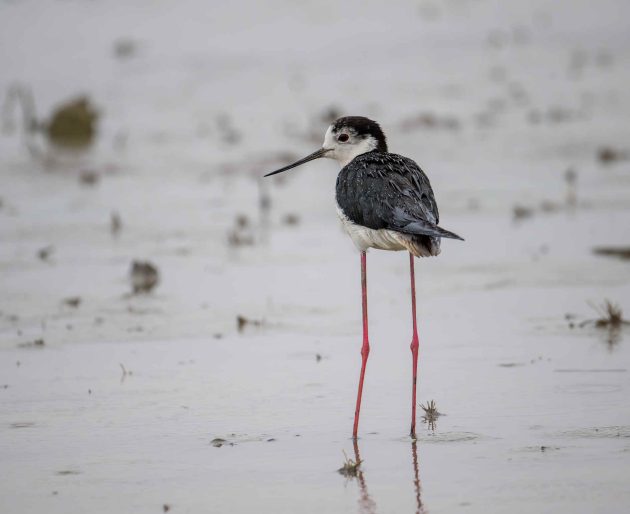
A similar study – also in China – looked at pollutants in migratory waterbirds, including the stilt, with a focus on halogenated organic chemicals and mercury, and found a potential negative influence on eggshell thickness.
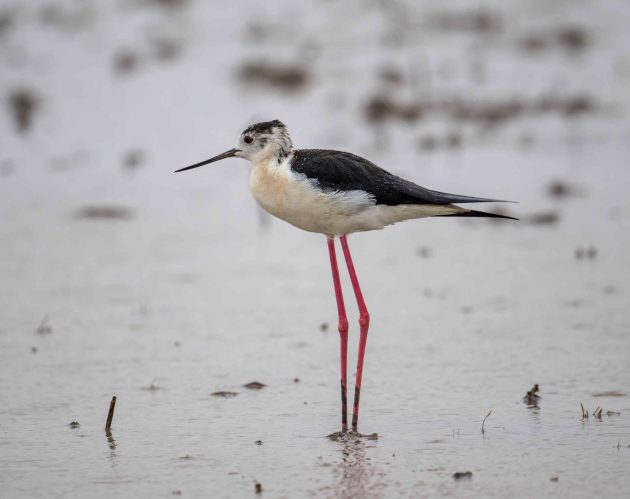
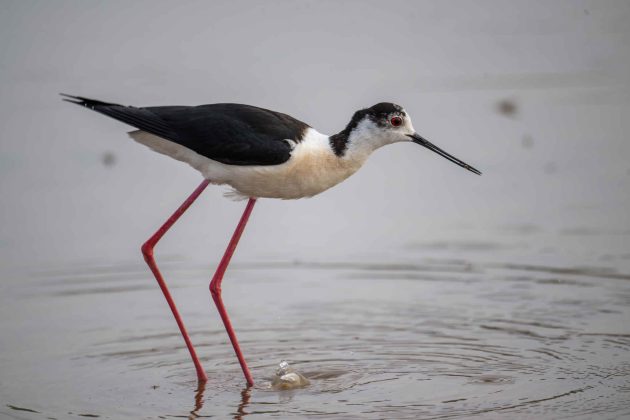
In contrast, in Saudi-Arabia, researchers looked at how breeding Black-winged Stilts deal with extreme heat. Key finding: Parents tended to avoid facing the sun while incubating.
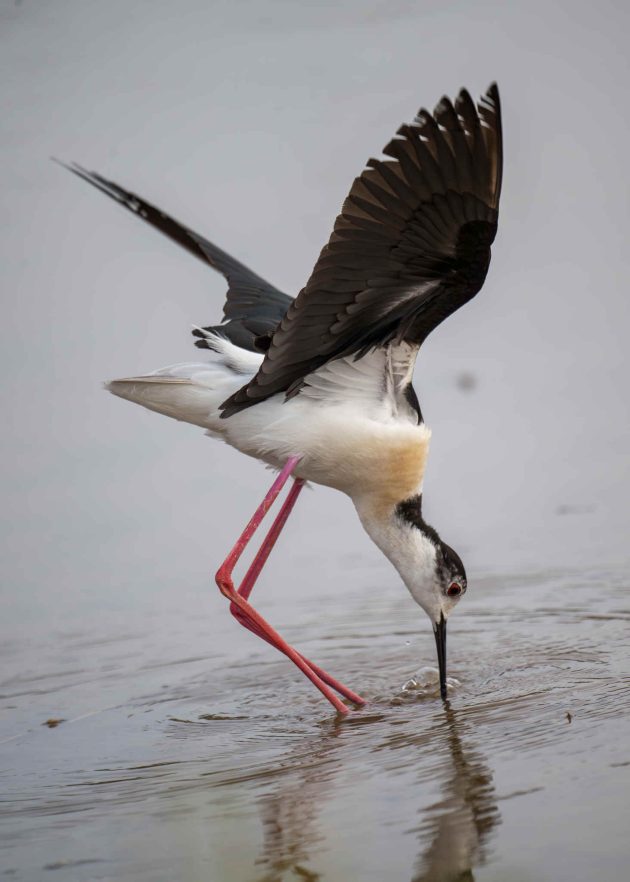
Breeding pairs of Vinous-throated Parrotbills apparently synchronize their chick feeding, making frequent and coordinated visits to the nest. The coordination and frequency of the visits are higher if the local breeding intensity is high and neighboring breeding pairs are close – maybe peer pressure to be perfect parents?
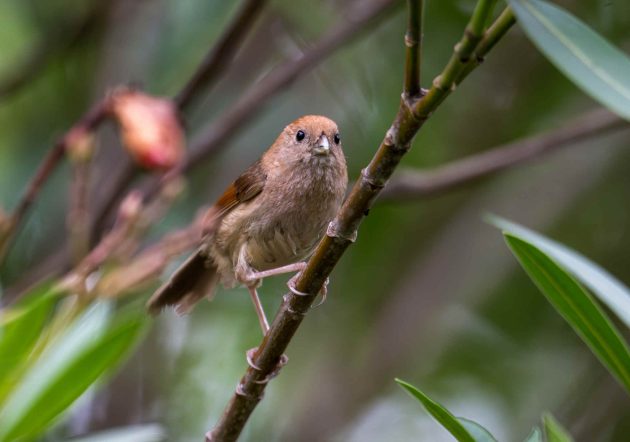
Also, Vinous-throated Parrotbills seem to be able to adapt to an invasive plant, smooth cordgrass, despite the risk of nest flooding – they just build their nests higher (though the researchers warn about the reliability of the results while presumably pleading for more funding: “The limitation of these results must be acknowledged for the small sample size, and there is a need for a larger sample and long-term data for further verification.”)
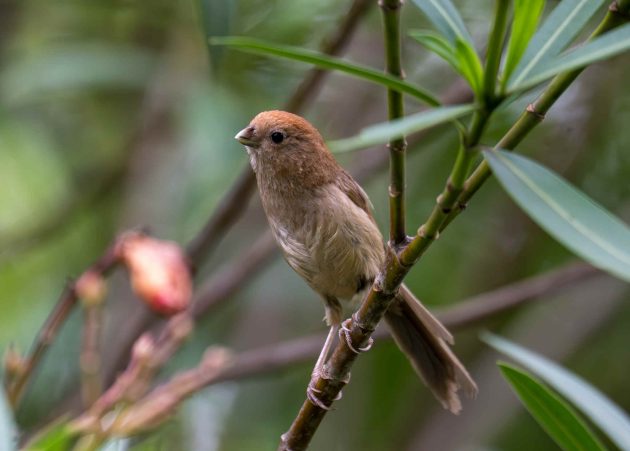
The drawback of this new habitat is increased predation from magpies – they account for 75% of all predation in the smooth cordgrass but 0% in the species’ native habitat. As the study was conducted by the same researchers, it is not surprising that the abstract ends with a similar plea: “We advocate for further research into this intriguing phenomenon, as it could enhance our understanding of changes in interspecific relationships and their ecological consequences within the context of biological invasions.”
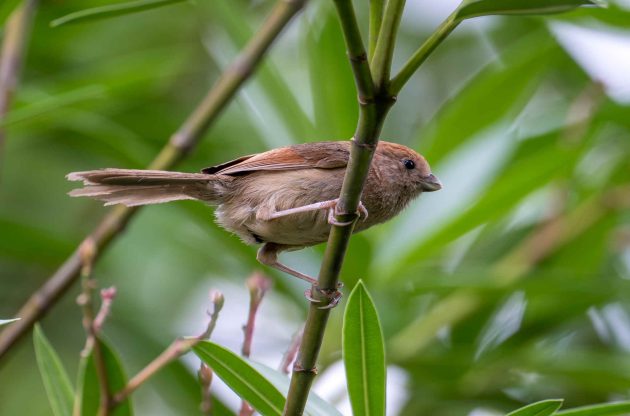
One way to reduce predation is for the chicks to stop begging whenever a predator is around. And indeed, the chicks of both the Vinous-throated and the Reed Parrotbill do that – playback of Eurasian Sparrowhawk and Oriental Magpie reduced begging of the chicks compared to the calls of non-predatory species.
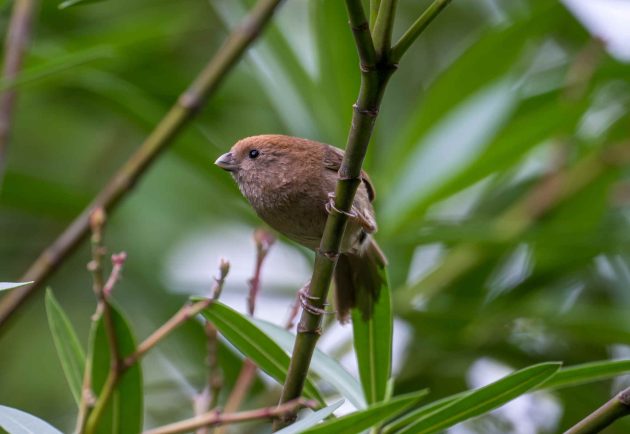
Zitting Cisticola chicks use the opposite approach – they make hissing calls that imitate the sound of snakes (source).
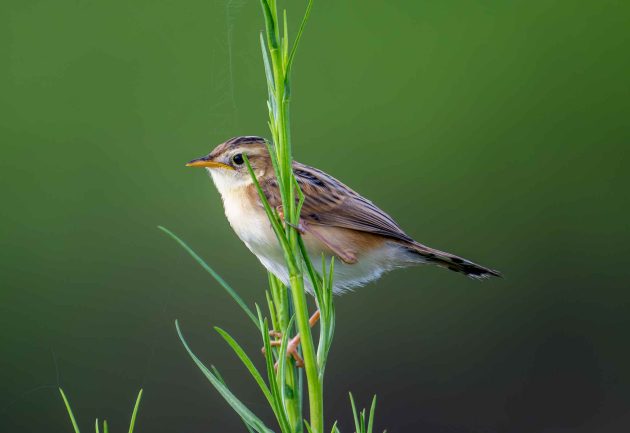
Surprisingly, the Reed Parrotbill may actually benefit from climate change – does that make the species a traitor? Or does it not benefit at all as climate change is – as Mr. Trump thinks – a hoax anyway?
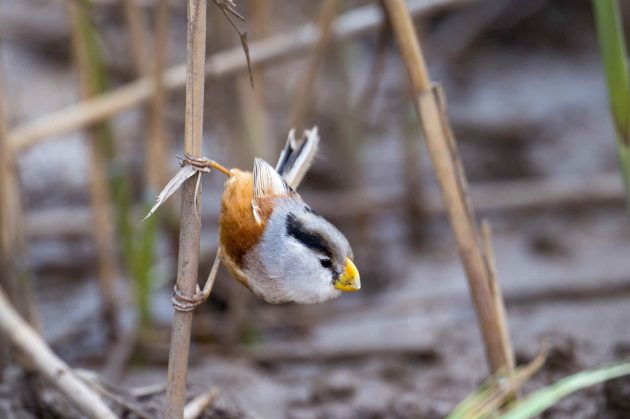
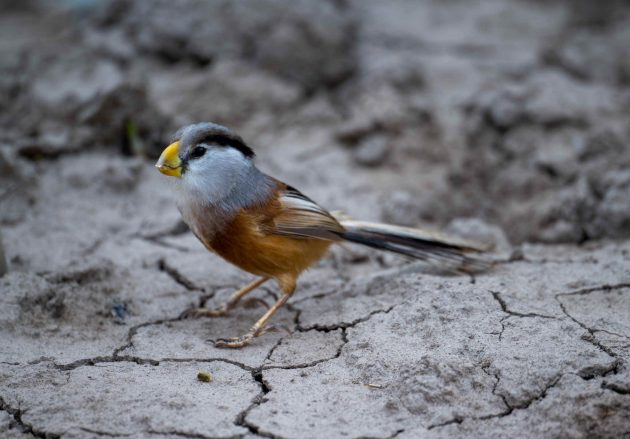
A paper suggests that the range of the species could expand by more than 100% under four scenarios in 2050, with Northeastern China becoming a suitable habitat. I hope the species will still be present in Shanghai then.
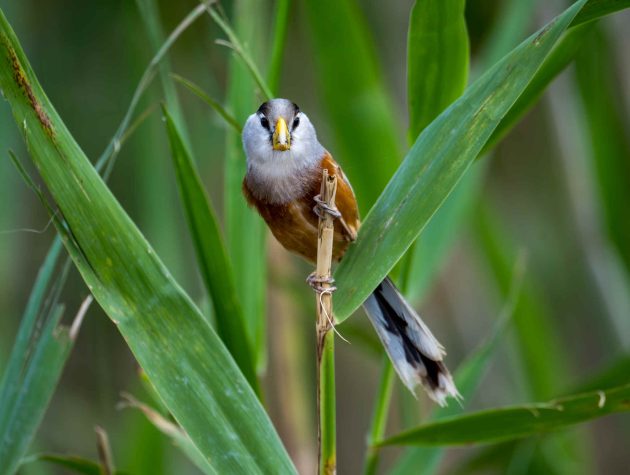
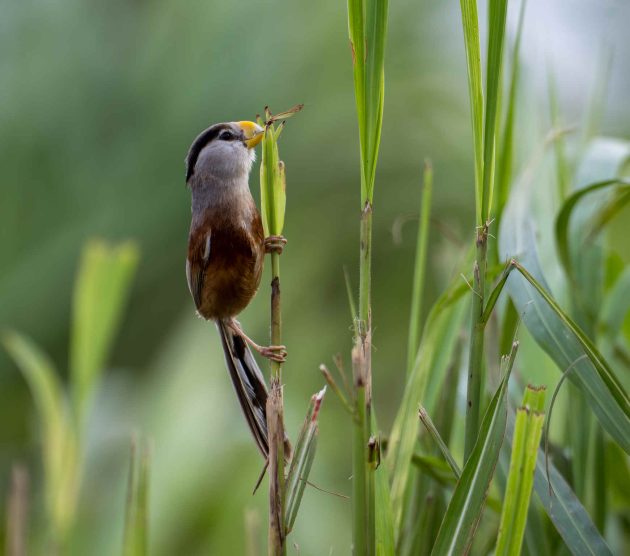



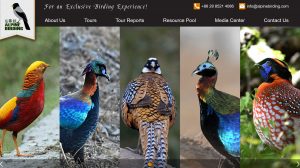
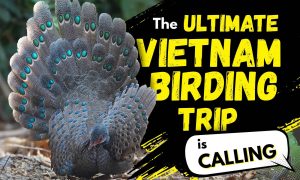
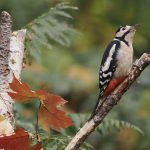
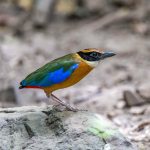
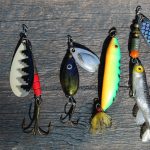
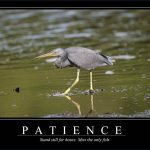
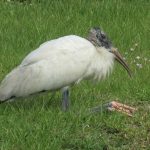
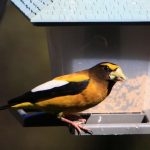
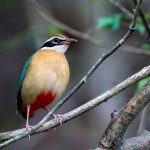
White-eyes! They deserve a post of their own as well!
I’m not sure to what extent climate change shifts the range of reed parrotbill. I do know it would suck if the bird disappears from Shanghai because of it. Such a neat bird.
Can’t dwell on that. There’s a big black-crowned night-heron flock in South Pointe Park in Miami Beach. It roosts in a tall strangler-fig tree that splits a walking path. This is the 15th year I noticed it going there. Mine will be the great American novel… covering the bedtime antics of this unusual species. Need a little funding to finish it.
Frank, while I am not in a position to fund your novel, I would read it …
Love those photos and also being there when you took a few of those!